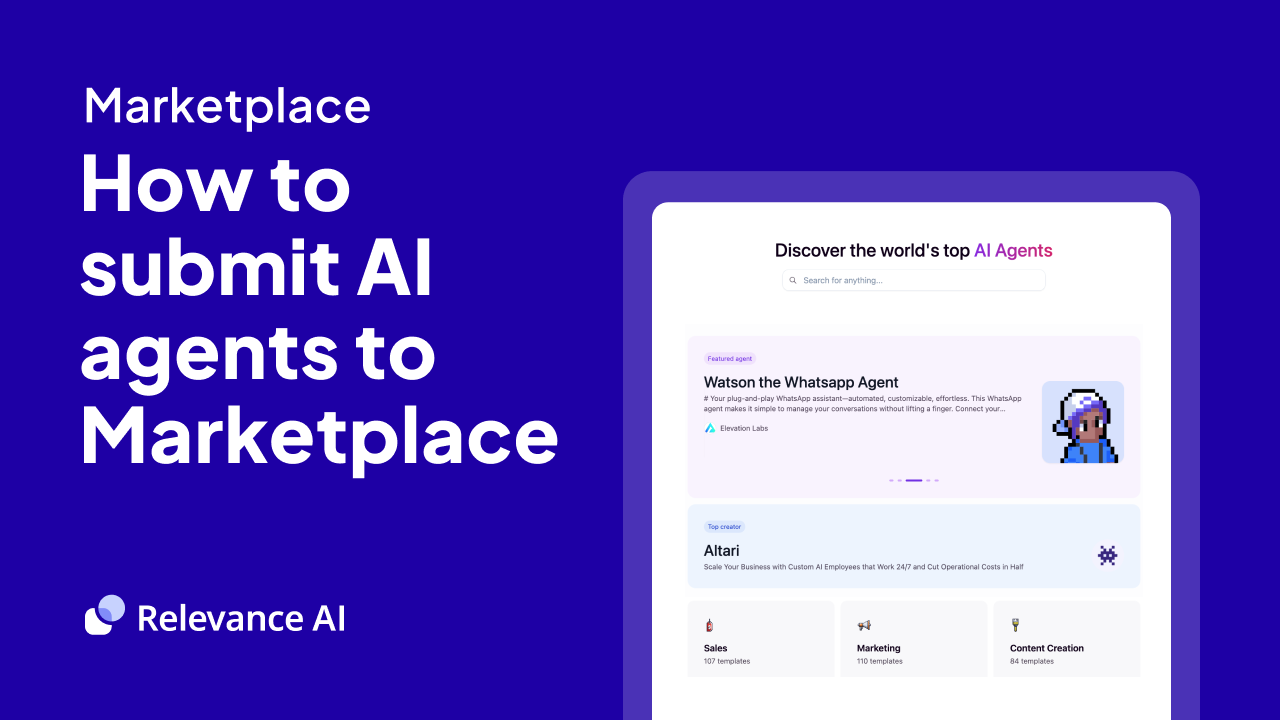Introduction
Artificial Intelligence (AI) in financial services refers to the use of computer systems that can learn, adapt, and make decisions to automate and enhance banking operations. From fraud detection to customer service, AI technologies are transforming how financial institutions handle money, manage risk, and serve their customers.
This guide will walk you through the key applications of AI in banking, including machine learning algorithms, natural language processing, and predictive analytics. You'll learn how these technologies are being implemented, their measurable impacts, and practical strategies for successful AI integration in financial organizations.
Ready to dive into the future of finance? Let's explore how AI is making money smarter! 🤖💰
Understanding AI in Financial Services
Artificial Intelligence in banking represents a fundamental shift in how financial institutions operate and serve their customers. At its core, AI systems leverage sophisticated algorithms and machine learning capabilities to transform raw data into actionable insights, enabling smarter decision-making across all levels of banking operations.
Modern banking AI encompasses several key technologies working in concert:
- Machine Learning algorithms that adapt and improve over time
- Natural Language Processing for understanding customer communications
- Computer Vision for document processing and security
- Predictive Analytics for risk assessment and forecasting
- Robotic Process Automation for routine task handling
The implementation of AI in financial services has revolutionized traditional banking processes in several crucial ways. Banks now process thousands of transactions per second with unprecedented accuracy, while simultaneously monitoring for fraudulent activity in real-time. Customer service has evolved from simple query handling to providing sophisticated financial advice through AI-powered platforms.
Key capabilities of AI in banking:
- Real-time data processing and analysis
- Pattern recognition across vast datasets
- Automated decision-making for routine transactions
- Personalized customer experience delivery
- Risk assessment and compliance monitoring
Evolution and Impact of AI in Banking
The journey of AI in banking began with basic automation tools but has evolved into sophisticated systems capable of complex decision-making. Early implementations focused primarily on streamlining back-office operations through simple rule-based systems. Today's AI solutions demonstrate remarkable capabilities in areas previously thought to require human expertise.
Financial institutions worldwide have witnessed transformative results from AI adoption:
- 40% reduction in operational costs
- 90% faster customer onboarding processes
- 50% decrease in fraud-related losses
- 200% improvement in customer engagement rates
The marriage of big data analytics with AI has created unprecedented opportunities for banks to understand and serve their customers better. Modern banking platforms now process millions of data points to create detailed customer profiles, predict financial needs, and offer personalized services at scale.
Measurable impacts include:
- Enhanced operational efficiency through process automation
- Improved risk management and fraud detection
- Better customer satisfaction scores
- Increased revenue through targeted product offerings
Key AI Applications in Financial Services
Customer service in banking has been revolutionized through AI-powered chatbots and virtual assistants. These systems handle routine inquiries 24/7, learning from each interaction to provide increasingly sophisticated responses. Major banks report that up to 70% of customer queries are now successfully resolved through AI-first touchpoints.
Risk assessment and fraud detection have reached new levels of sophistication through AI implementation:
- Real-time transaction monitoring
- Behavioral pattern analysis
- Predictive fraud detection
- Automated risk scoring
- Compliance violation detection
Investment management has been transformed by AI algorithms that analyze market data at unprecedented speeds. These systems process vast amounts of structured and unstructured data to identify investment opportunities and manage portfolio risk. Leading investment firms now rely on AI to:
- Analyze market sentiment
- Predict price movements
- Optimize portfolio allocation
- Execute high-frequency trades
- Monitor market risks
Generative AI: A Disruptor in Finance
Generative AI represents the cutting edge of artificial intelligence in banking, creating new possibilities for personalized service delivery and operational efficiency. This technology can generate human-like text, analyze complex financial documents, and provide sophisticated financial advice.
The impact of generative AI in banking is evident across multiple domains:
- Automated report generation and analysis
- Personalized financial advisory services
- Complex document processing and summarization
- Custom investment strategy development
- Regulatory compliance documentation
Financial institutions are rapidly adopting generative AI solutions to enhance their service offerings. The technology excels at:
Document Processing:
- Analyzing lengthy financial reports
- Extracting key information from contracts
- Generating compliance documentation
- Summarizing market research
Customer Engagement:
- Creating personalized financial plans
- Drafting customized communication
- Developing targeted marketing content
- Providing instant customer support
The integration of generative AI with existing banking systems has created powerful new capabilities for financial institutions. Banks can now offer highly personalized services while maintaining operational efficiency and regulatory compliance.
Challenges and Risks of AI Adoption
Financial institutions face several critical challenges when implementing AI solutions. Data privacy and security stand at the forefront of these concerns, as banks must protect vast amounts of sensitive customer information. The implementation of robust cybersecurity measures and encryption protocols has become essential to prevent unauthorized access and potential data breaches.
Ethical considerations pose another significant challenge in AI adoption. Machine learning algorithms can inadvertently perpetuate existing biases present in historical data, leading to unfair lending decisions or discriminatory practices. For instance, an AI system trained on historical lending data might disadvantage certain demographic groups if the training data reflects past discriminatory practices.
The regulatory landscape surrounding AI in financial services continues to evolve rapidly. Banks must ensure their AI systems comply with various frameworks, including:
- GDPR and data protection regulations
- Fair lending laws and anti-discrimination policies
- Financial reporting requirements
- Consumer protection guidelines
Maintaining reliability and accuracy in AI systems requires constant monitoring and refinement. Financial institutions must implement comprehensive testing protocols and validation frameworks to ensure their AI models perform consistently and accurately across different scenarios and market conditions.
The complexity of integrating AI systems with legacy infrastructure presents substantial operational challenges. Many banks operate on decades-old core banking systems, making seamless integration of modern AI solutions particularly challenging. This technical debt often requires significant investment in infrastructure modernization before AI implementation can begin.
Successful AI Integration Strategies
To overcome these challenges, financial institutions must adopt comprehensive integration strategies. The foundation of successful AI implementation begins with clearly defined objectives and use cases. Organizations should focus on identifying specific problems where AI can deliver measurable value rather than implementing technology for its own sake.
Success metrics play a crucial role in evaluating AI implementations. Financial institutions should establish clear KPIs such as:
- Cost reduction percentages
- Customer satisfaction scores
- Processing time improvements
- Error rate reductions
- Revenue generation metrics
Data quality and governance form the backbone of effective AI systems. Organizations must establish robust frameworks for:
- Data collection and validation
- Storage and security protocols
- Access control and monitoring
- Regular data quality assessments
- Compliance documentation
Cross-functional collaboration has emerged as a critical success factor in AI implementation. The most successful projects typically involve close cooperation between:
- Data scientists who understand the technical aspects of AI models
- Domain experts who provide industry-specific knowledge
- Business analysts who can translate between technical and business requirements
- IT professionals who ensure proper system integration
Training and development programs play a vital role in preparing organizations for AI adoption. Many institutions have found success by:
- Creating internal AI academies
- Partnering with universities for specialized training
- Developing mentorship programs
- Offering continuous learning opportunities
Future Prospects of AI in Financial Services
The financial services industry stands on the cusp of a significant transformation driven by AI technologies. Major banks are increasingly allocating substantial portions of their technology budgets to AI initiatives, with particular emphasis on generative AI applications. These investments are focused on creating incremental improvements in existing processes while exploring revolutionary new approaches to financial services.
Personalization represents one of the most promising areas for AI development. Advanced algorithms are enabling financial institutions to create highly customized products and services that adapt to individual customer needs and preferences. This level of personalization extends beyond simple product recommendations to include:
- Dynamic pricing models
- Customized risk assessments
- Tailored financial advice
- Personalized communication strategies
Financial forecasting capabilities are experiencing remarkable enhancement through AI technologies. Machine learning models can now process vast amounts of data to generate more accurate predictions about:
- Market trends and movements
- Customer behavior patterns
- Credit risk assessments
- Economic indicators
The role of AI in augmenting human capabilities continues to evolve. Rather than replacing human workers, AI is increasingly being used to:
- Enhance decision-making processes
- Automate routine tasks
- Provide real-time insights
- Support customer service operations
AI Use Cases in Financial Services
Fraud detection represents one of the most mature and successful applications of AI in financial services. Modern AI systems analyze millions of transactions in real-time, using sophisticated pattern recognition to identify potentially fraudulent activities. These systems consider numerous factors including:
- Transaction location and timing
- Historical spending patterns
- Device information
- Behavioral biometrics
Real-time transaction monitoring has become increasingly sophisticated through AI implementation. Banks now employ neural networks and machine learning algorithms to:
- Monitor transaction patterns across multiple channels
- Detect anomalies in real-time
- Assess risk levels for each transaction
- Flag suspicious activities for immediate review
Credit risk assessment has been revolutionized by AI technologies. Traditional credit scoring models are being enhanced with machine learning algorithms that can analyze thousands of data points to provide more accurate risk assessments. These systems consider:
- Alternative data sources such as utility payments
- Social media activity
- Shopping patterns
- Mobile phone usage
Wealth management has undergone significant transformation through AI implementation. Robo-advisors now provide sophisticated investment advice by:
- Analyzing market trends and conditions
- Considering individual risk tolerance
- Monitoring portfolio performance
- Implementing automatic rebalancing
Compliance processes have been streamlined through AI automation. Know Your Customer (KYC) procedures, which traditionally required significant manual effort, can now be completed more efficiently through:
- Automated document verification
- Facial recognition technology
- Natural language processing for document analysis
- Real-time risk assessment
Financial planning services have been enhanced through AI-driven platforms that provide comprehensive analysis and recommendations. These systems can:
- Project future financial scenarios
- Analyze spending patterns
- Recommend investment strategies
- Monitor progress toward financial goals
Conclusion
Artificial Intelligence has fundamentally transformed the financial services industry, offering powerful tools for automation, analysis, and customer service enhancement. For financial institutions looking to begin their AI journey, start with a simple, focused application - such as implementing a basic chatbot for common customer queries or using machine learning for transaction monitoring. Even small-scale AI implementations can yield significant results: for example, a basic AI-powered fraud detection system can reduce false positives by up to 50% within the first three months of deployment, allowing your team to focus on more complex cases while improving customer satisfaction.
Time to let the robots handle your money - just don't let them go shopping on Amazon! 🤖💳😅















